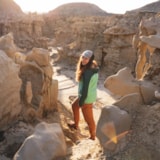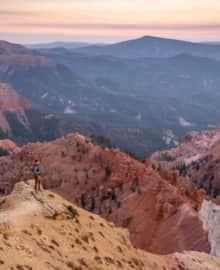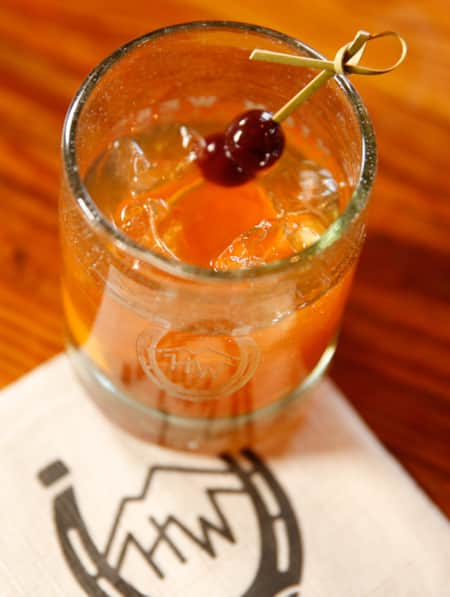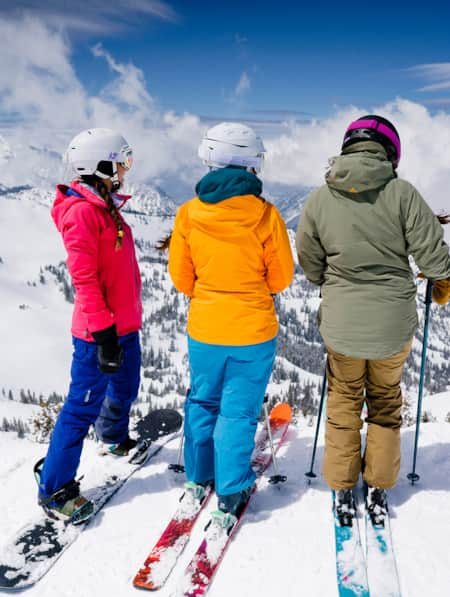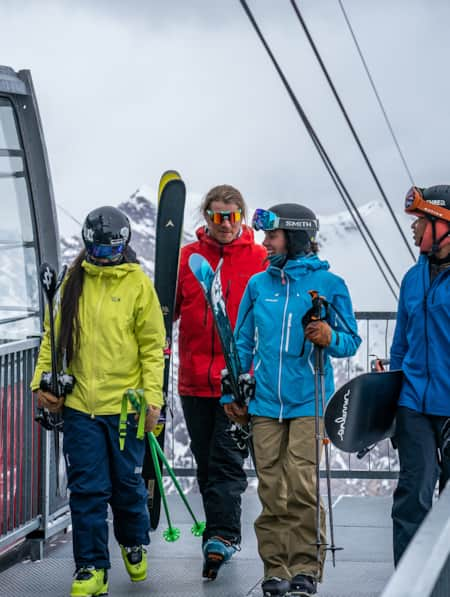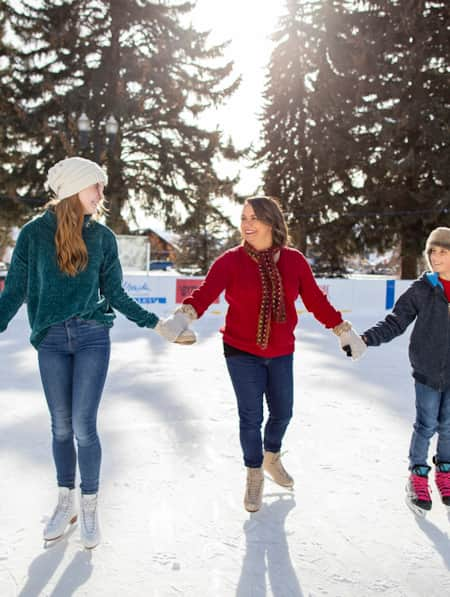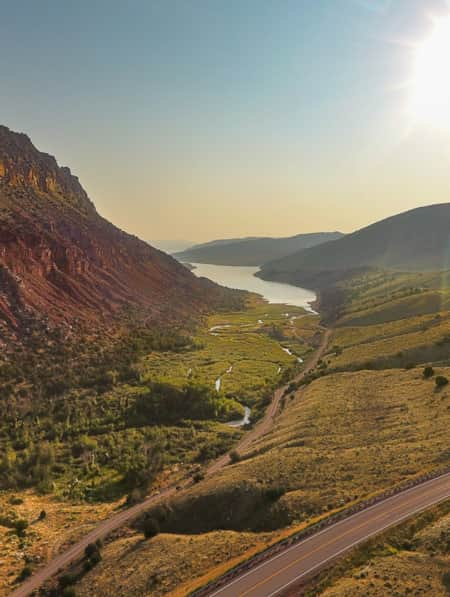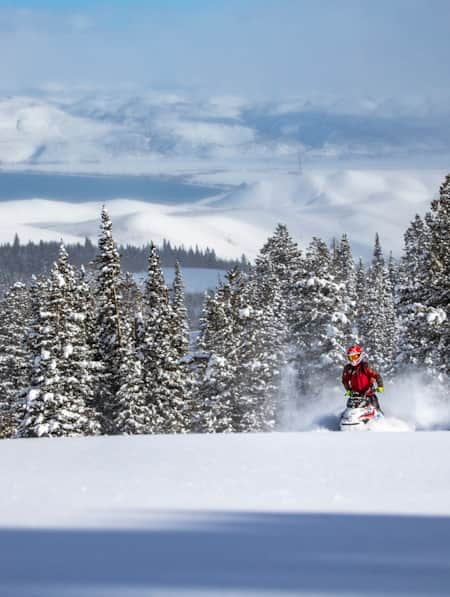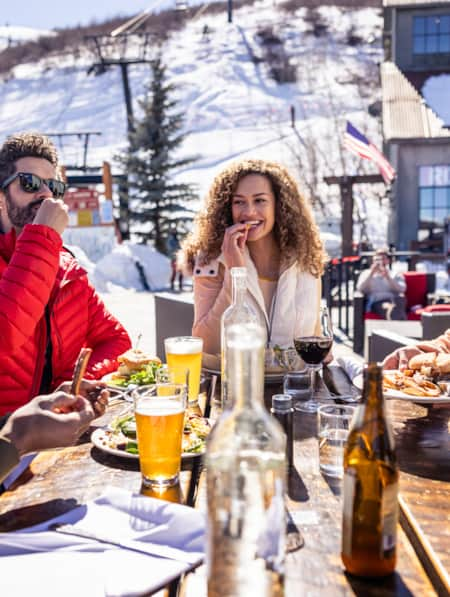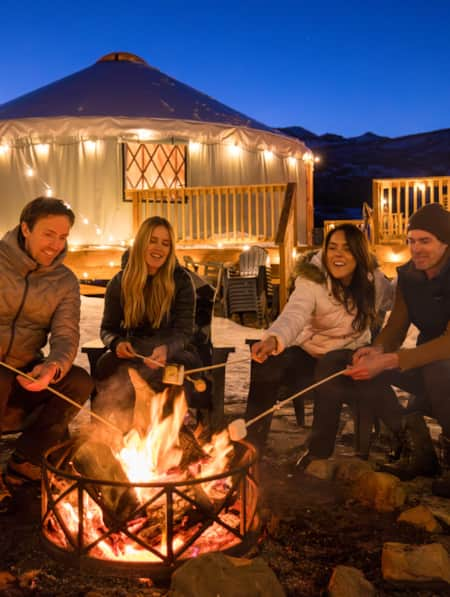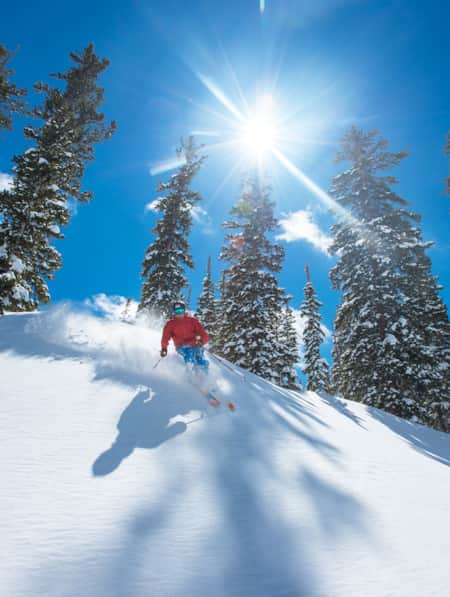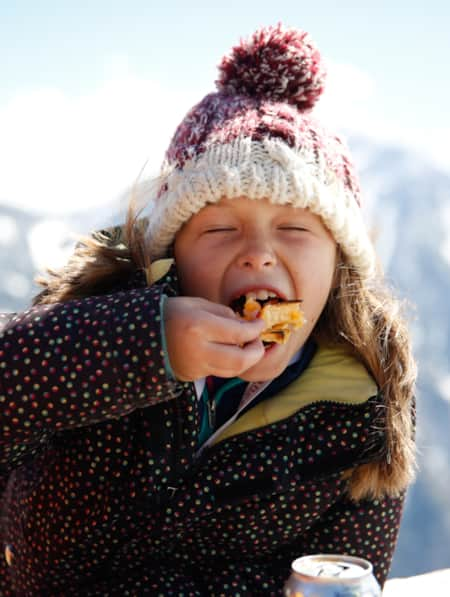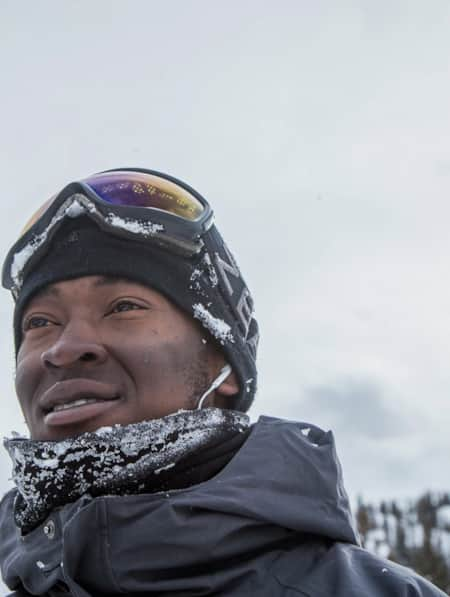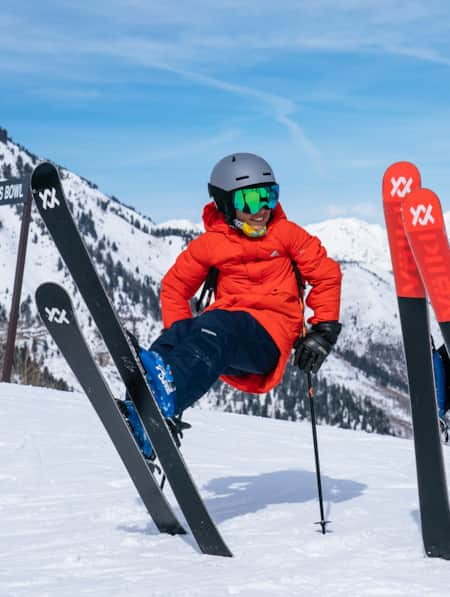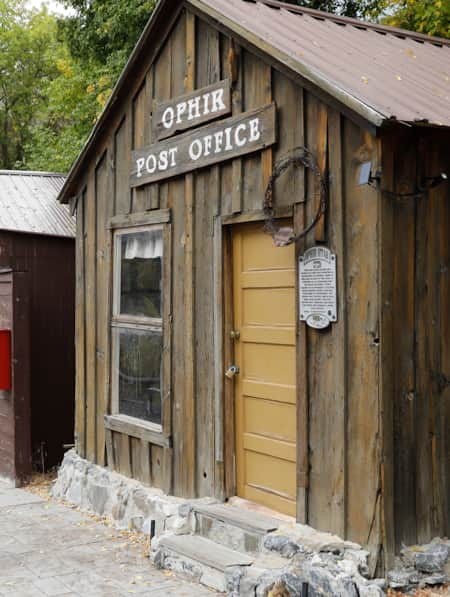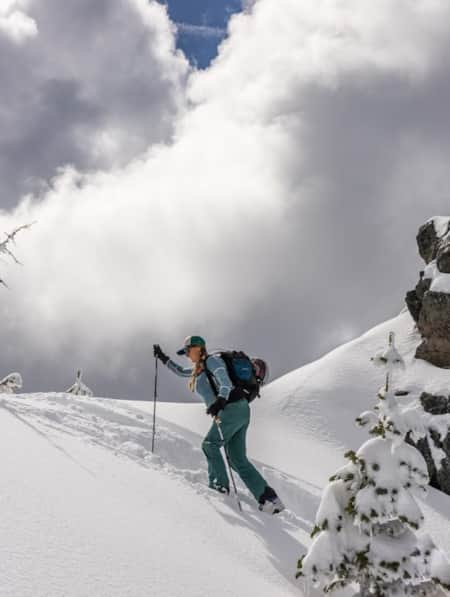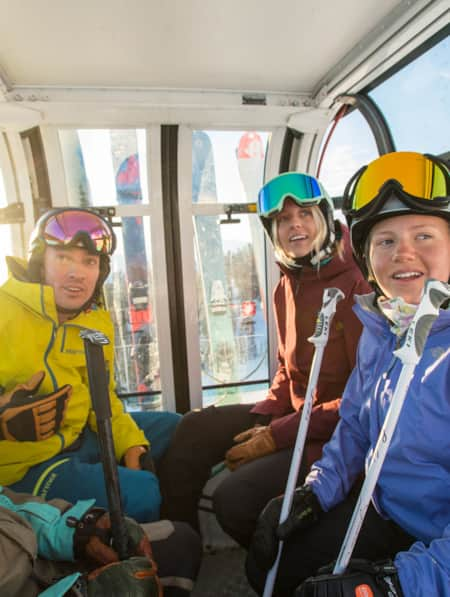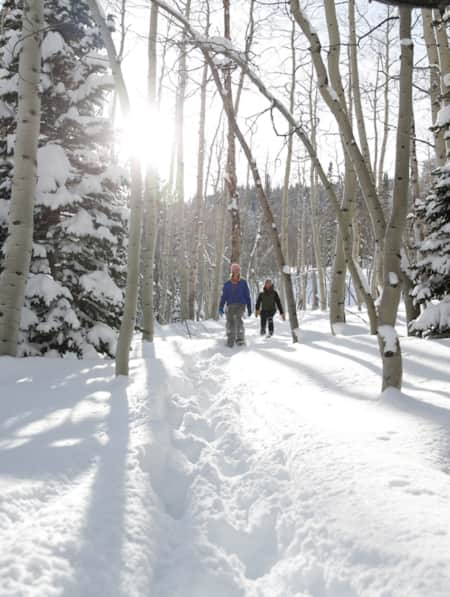Along the Wasatch: An Ode to Utah's Mountains
Discover the quiet grandeur of Utah's mountains, offering solace, adventure and breathtaking beauty along their distinctive peaks.
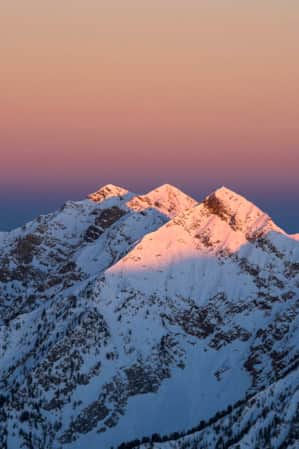
It's hard to describe to people outside of Utah just how near the mountains are. Five minutes away from Salt Lake City’s historic downtown, they bump into and tangle with our work and our play, our past and our rest. They create the foundation for the future. I have lived here my whole life, and whenever I feel the pull to leave, the mountains pull me back each time.
Viewed from an airplane, the Westernmost edge of the Rocky Mountains rises from the clouds like the toothy grin of a surfacing crocodile. To see them from the sky, the earth, from anywhere, really, makes you feel like you’re at the mercy of something ancient and powerful that will consume all of you at any time — but only with your permission.
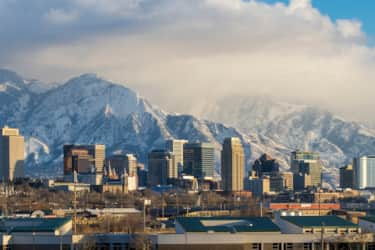
"It's hard to describe to people outside of Utah just how near the mountains are."

I’ve surrendered myself and been engulfed by them over and over again. Desert paintbrush and lupine and yarrow and sage, junipers and quaking aspens and Douglas fir and blue spruce, high alpine lakes and winter alpenglow and moose and glacial crags working some reverse entropy on me. Whenever I feel an undoing in my life, I run to the Wasatch Mountains and feel something has been returned to its place.
In late spring, they are green and verdant. Yellow balsamroot freckles bloom across their face with the arrival of summer sun, and they blush pink and purple in the alpenglow of winter. My favorite time to see them is when moody fall rainstorms break over the canyons, clouds carded like cotton over jagged peaks cloaked in the orange gold of autumn.
"My favorite time to see them is when moody fall rainstorms break over the canyons, clouds carded like cotton over jagged peaks cloaked in the orange gold of autumn."

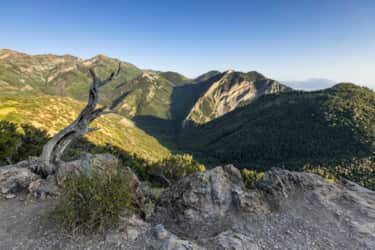
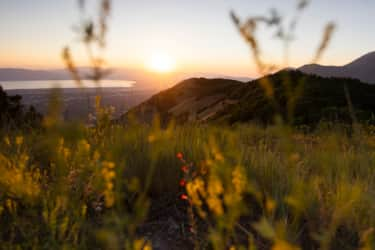
On road trips, I orient myself by their peaks: there is Mt. Nebo guarding the south gate into the Wasatch Front; the freeway bends to the will of the queenly Timpanogos; there goes Lone Peak’s sharp pencil point, Olympus, which on stormy days does look cloaked in the wrath of the gods, and the soft roll of Ensign Peak; there’s Ben Lomond shrouded in clouds; slip into the steep Wellsville Range, and from the northern mouth of Sardine Canyon, spot Naomi and Logan Peak in the distance. Each is singular, but on a map, they are the long, steady arrow that points home.
The name “Utah” originates from the Ute tribe who first called this place home. It’s theorized that “Ute” means “people of the mountains.” When Mormon pioneer settlers made the harrowing trek across the west in 1847, many went no further than the Utah territory, famously saying of the Salt Lake Valley, “This is the place.” Today, “people of the mountains” is an identity core to who all Utahns are, one we embrace as we tangle our feet, skis and tires with trail, and visitors drawn here by the contrasts of Utah’s landscapes may find themselves stopped in their tracks by its skyline, echoing that pioneer refrain: this is the place.
Wrapped in the arms of the Wasatch, it’s hard to think anything else.
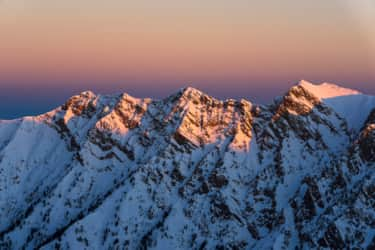
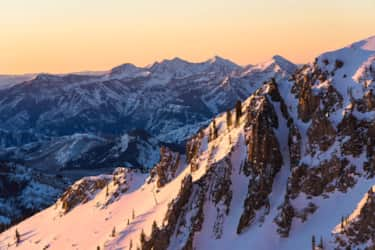
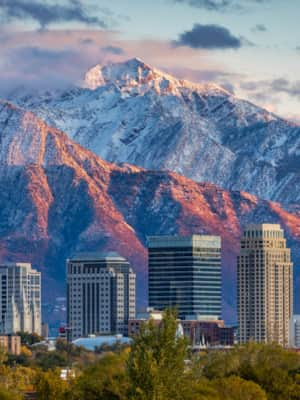
Wasatch Mountains
The summits of Utah's dramatic Wasatch Mountain Range stand proudly above the valleys to the west, boasting thousands of feet of prominence.
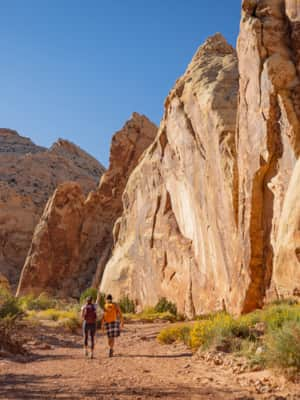
Outdoor Recreation
Looking for the best place for outdoor recreation? Utah is just the spot for you. Explore our outdoor activities, from backpacking to rafting!
